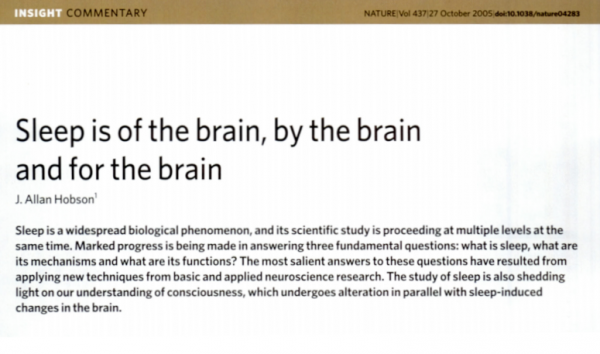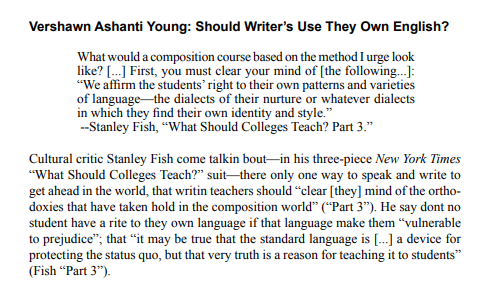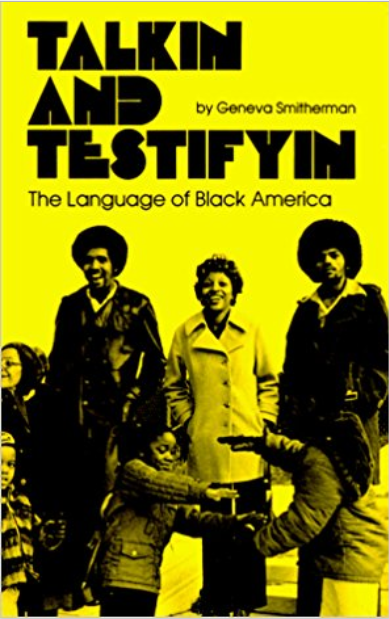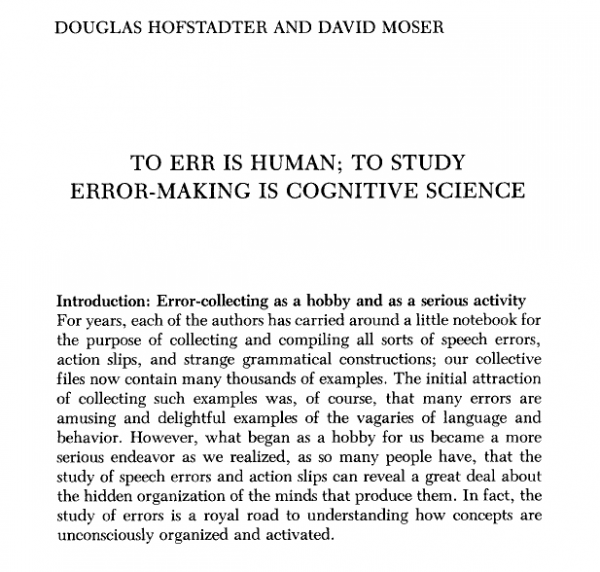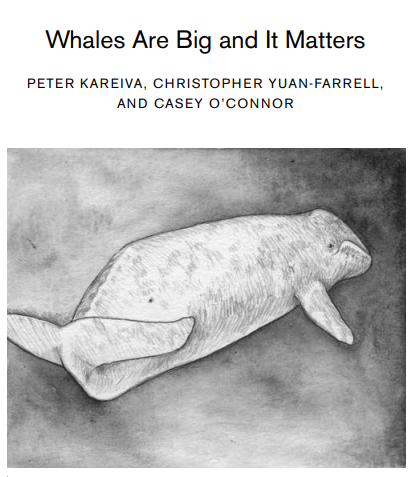Category Code-Meshed Academic Works
Hobson, J. A. (2005). Sleep is of the brain, by the brain and for the brain. Nature, 437(7063), 1254-1256. Find this article at doi.org/10.1038/nature04283
Inoue, A.B. (2016). Friday Plenary Address: Racism in Writing Programs and the CWPA. Writing Program Administration 40(1); 134-154. Find the journal at worldcat.org/isbn/1602359148
Young, V. A. (2010). Should writer’s use they own English?. Iowa Journal of Cultural Studies, 12(1), 110-117. Find the article at ir.uiowa.edu/ijcs/vol12/iss1/10
Smitherman, G. (1977). Talkin and testifyin: The language of Black America. Wayne State University Press. Find the book at worldcat.org/isbn/0814318053 An excerpt: The most distinctive differences in the structure of Black Dialect are patterns using be (sometimes written and pronounced… Continue Reading →
Hofstadter, D. R., & Moser, D. (1989). To err is human; to study err-making is cognitive science. Michigan Quarterly Review 27(2), 185-193. Find this article at hdl.handle.net/2027/spo.act2080.0028.002:07
Odersky, M., Runne, E., & Wadler, P. (2000). Two ways to bake your pizza—translating parameterised types into Java. In M. Jazayeri, R.G.K. Loos, D.R. Musser (Eds), Generic Programming. Lecture Notes in Computer Science (pp. 114-132). Springer, Berlin, Heidelberg. Find the… Continue Reading →
Kareiva, P., Yuan-Farrell, C., & O’Conner, C. (2006). Whales are big and it matters. In J. A. Estes, D. P. DeMaster, D. F. Doak, T. M. Williams, & R. L. Brownell Jr. (Eds), Whales, whaling, and ocean ecosystems (pp. 379-387)…. Continue Reading →
